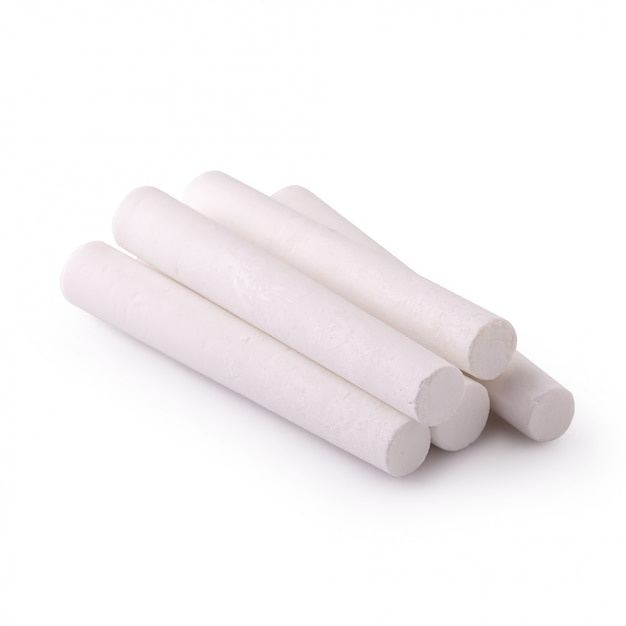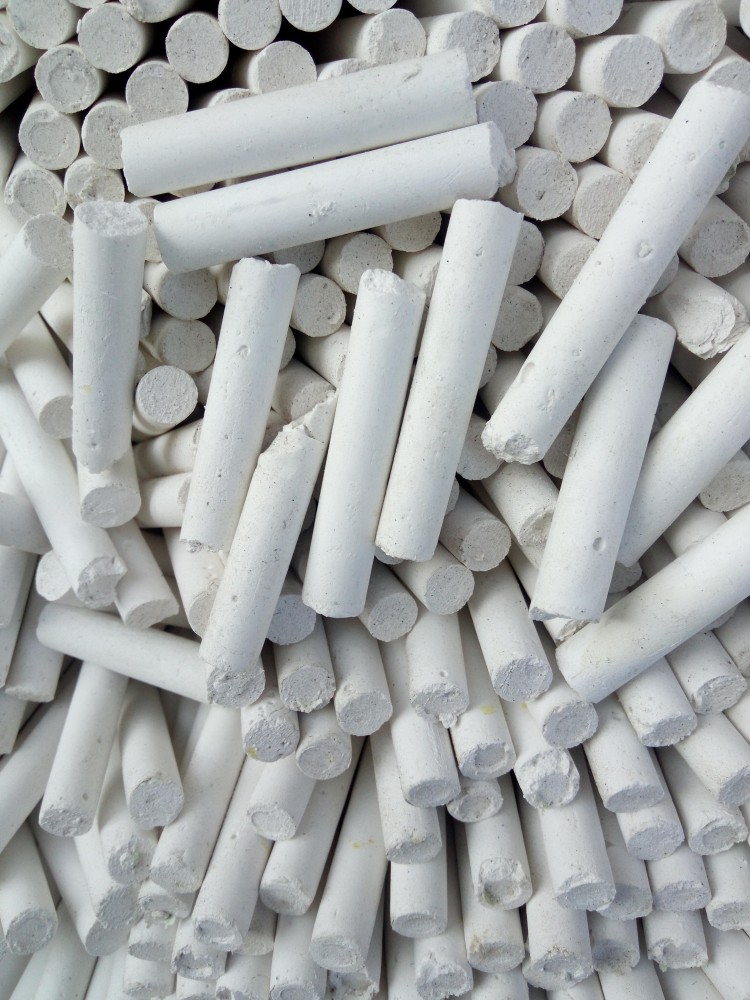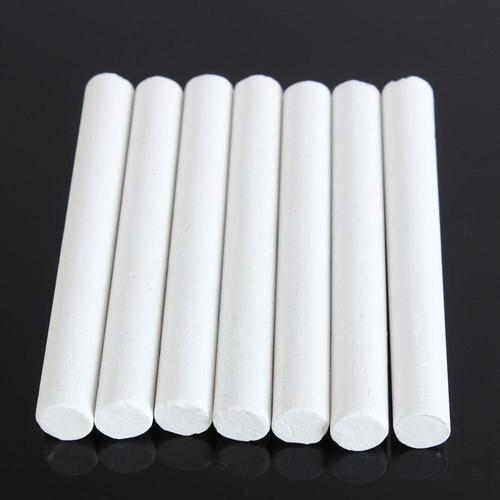Introduction to White Chalk
White chalk has been an indispensable tool for centuries. Schools, artists, and industry professionals rely on its simplicity and versatility. Despite technological advances, white chalk remains relevant. This article delves into the various dimensions of white chalk. From its basic properties to its diverse applications, we will cover it all.

The Composition and Properties of White Chalk
Basic Composition
White chalk is a soft, white form of limestone. It’s primarily composed of calcium carbonate. This chemical compound forms from the remains of marine algae accumulated over millions of years. Miners extract it from quarries and then process it into the familiar sticks we use.
Calcium carbonate is non-toxic. This safety feature makes white chalk suitable for use in schools and homes. In addition to calcium carbonate, manufacturers may add other ingredients to improve hardness and reduce dust.
Physical Properties
One of white chalk’s most useful properties is its softness. This makes it easy to write or draw with minimal pressure. The material’s composition also makes it easy to break into smaller pieces. This feature is particularly useful for artists and teachers who need various sizes for different applications.
White chalk produces a fine, easily erasable powder. This characteristic allows for easy corrections. Whether on a blackboard or a sidewalk, you can quickly erase and start anew. Chalk’s low abrasiveness means it doesn’t damage surfaces, contributing to its longevity in educational settings.
Environmental Considerations
White chalk is environmentally friendly. It decomposes easily and doesn’t produce harmful residues. This property makes it preferable for outdoor games like hopscotch, where children often play. The dust it produces is generally harmless, though excessive inhalation should be avoided.
Recycling chalk is also relatively simple. Manufacturers can reprocess broken or unused pieces. This feature further enhances its appeal for eco-conscious users.
Applications in Education
Classroom Use
White chalk has been a classroom staple for generations. Teachers use it to write on blackboards, creating dynamic and easily adjustable lessons. Unlike digital screens, blackboards don’t require electricity. This makes white chalk a cost-effective option for many educational institutions.
The tactile nature of white chalk provides educational benefits. Writing on a blackboard can help children develop fine motor skills. It also engages multiple senses, aiding in information retention. The ability to erase and rewrite easily supports repetitive learning, essential for mastering new concepts.
Student Engagement
White chalk can make classroom activities more interactive. Students can come to the front and solve problems, write sentences, or draw diagrams. This hands-on approach fosters engagement and participation. Teachers can also use different chalk colors to highlight important points, making lessons more visually stimulating.
Chalkboards offer more flexibility compared to digital alternatives. Teachers can adapt lessons on the fly without dealing with technological issues. The ability to make quick changes is invaluable for addressing student questions or changing the direction of a lesson.
Artistic Uses of White Chalk
Drawing and Sketching
Artists have long used white chalk for drawing and sketching. Its softness allows for smooth, continuous lines. The material’s easily erasable quality encourages experimentation. Artists can quickly adjust their work without permanent consequences, making chalk perfect for preliminary sketches.
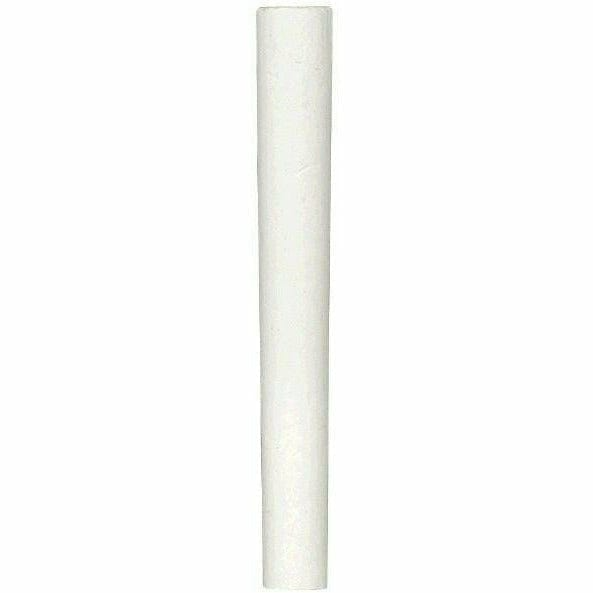
White chalk is often used on colored or toned paper. The contrast between the white chalk and the darker background creates striking images. This technique is particularly popular in figure drawing, where quick, expressive lines capture the human form.
Mixed Media
White chalk can also be combined with other art materials. Artists often use it alongside charcoal, pastels, and ink. The white chalk can highlight and add depth to mixed media projects. This versatility makes it a favorite in art studios and classrooms alike.
One popular technique involves using white chalk to create highlights over a charcoal base. This method produces dramatic effects, especially in portraits. The combination of the dark charcoal and bright white chalk enhances the three-dimensional quality of the work.
Temporary Art
White chalk is widely used for temporary art forms, such as sidewalk art. Artists create intricate designs directly on pavement or concrete. These ephemeral works attract attention and can engage communities. Events like chalk art festivals showcase the creativity and skill of chalk artists.
The ease of cleaning up also adds to its appeal. A simple spray of water can remove the art, making it ideal for temporary installations. This characteristic makes it versatile for quick art demos and public workshops.
White Chalk in Sports and Games
Marking Courts and Fields
White chalk is extensively used in sports for marking boundaries, courts, and fields. Soccer, baseball, and tennis courts often have chalk lines to delineate playing areas. Chalk’s whiteness ensures that lines are visible from a distance, helping both players and referees.
The temporary nature of chalk lines adds flexibility. Groundskeepers can easily redraw boundaries as needed. The low cost further makes white chalk an economical choice for schools and community sports programs. Maintenance crews appreciate its straightforward application and cleanup.
Indoor and Playground Games
White chalk is also popular in indoor and playground games. Games like hopscotch rely on chalk for creating temporary play areas. Children draw the game layout on sidewalks or playgrounds, enjoying hours of entertainment. The easy cleanup means that playgrounds can be quickly restored to their original state.
Its non-toxic nature reassures parents and teachers. Kids can draw and play without concerns about harmful chemicals. This characteristic makes white chalk ideal for a range of interactive outdoor activities.
Training and Practice
Coaches and trainers use white chalk in practices and drills. For example, gymnasts and weightlifters use chalk to improve grip. The chalk absorbs sweat, reducing slipperiness during workouts. It’s also used to mark positions or sections of a gym floor for specific exercises.
In track and field events, chalk marks starting lines and relay zones. The easily visible lines ensure fair competition and help athletes plan their strategies. The versatility and ease of use make white chalk a valuable training tool across various sports.
Industrial and Professional Applications
Construction and Carpentry
White chalk plays an essential role in construction and carpentry. Carpenters use chalk lines to mark accurate measurements on wood, drywall, and other materials. The chalk line is a string coated with chalk. When snapped against a surface, it leaves a straight, temporary line. This method ensures precision in cutting and assembly.
Construction professionals also use chalk for marking out measurements on large surfaces. The easily erasable nature of chalk makes it perfect for temporary guidelines. Workers can make adjustments as needed without damaging the material. This flexibility makes chalk indispensable in construction sites.
Tailoring and Fashion
Tailors use white chalk for marking fabrics. These marks guide cutting, sewing, and fitting processes. The chalk marks are easily removable, ensuring no permanent damage to the fabric. This characteristic is crucial for expensive or delicate materials.
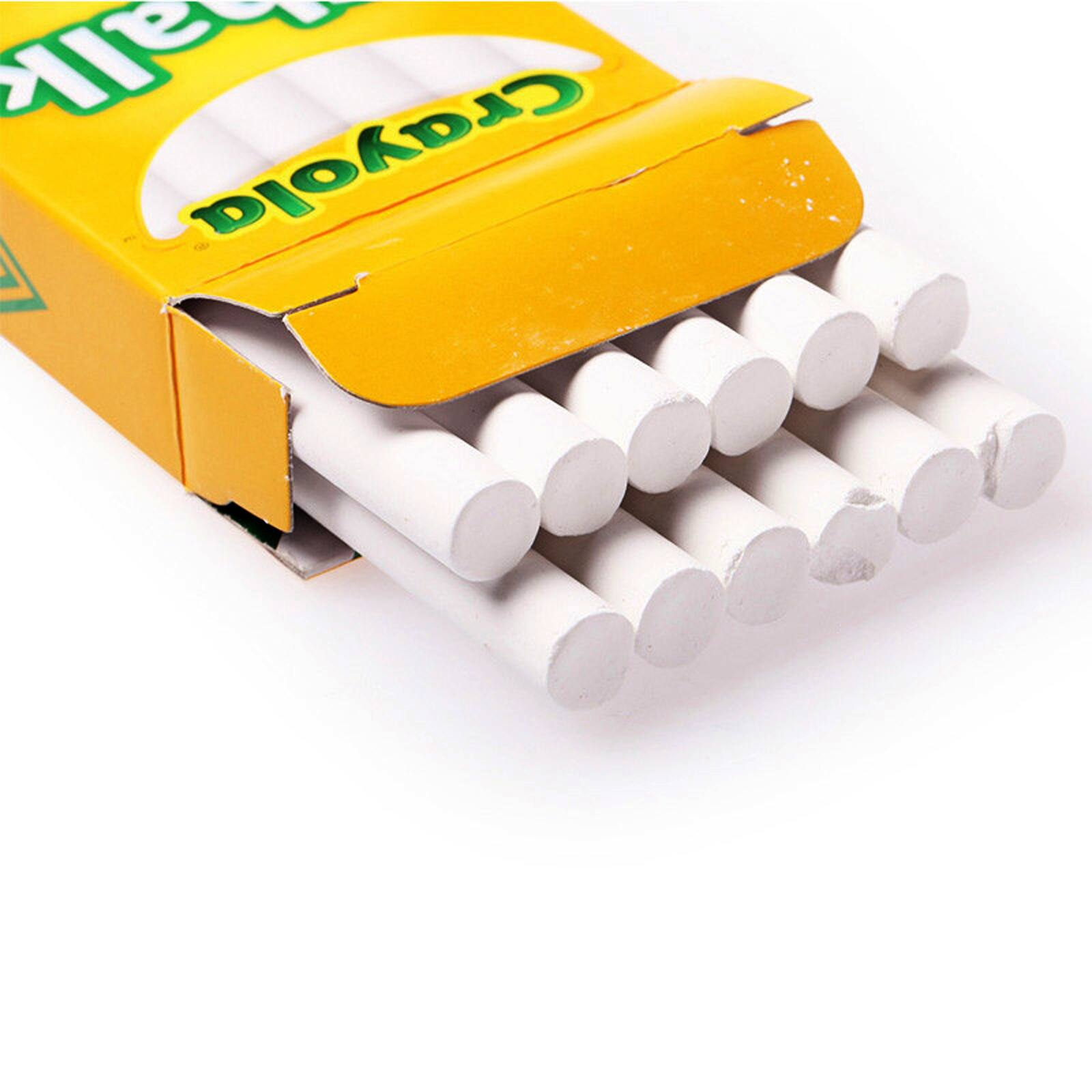
White chalk helps in sketching out designs directly on fabric. This can be especially useful during the prototyping phase. Designers can make quick changes, adjusting measurements and styles as needed. The temporary nature of chalk marks allows for creative freedom without risk.
Metal and Welding
In metalworking and welding, white chalk is used to outline cutting lines and welding points. The visibility of white chalk on darker metals helps workers follow their guidelines precisely. The chalk does not interfere with welding processes, ensuring clean and accurate work.
Workers can also use chalk to mark out drilling points or assembly instructions. The ease of removal and the non-damaging nature of chalk are valuable in these precise and potentially high-stakes environments.
Cleaning and Maintenance of Chalkboards
Routine Maintenance
Maintaining a chalkboard is essential for optimal performance. Regular cleaning ensures that the board remains a reliable tool for writing and teaching. Start by wiping the board with a dry eraser to remove daily chalk dust. For more stubborn residues, a damp cloth or sponge works well.
Special chalkboard cleaners are available for deeper cleaning. These cleaners are designed to remove any residual chalk dust and restore the board’s surface. They also help maintain the board’s writing quality, ensuring that chalk adheres well and erases easily.
Monthly Cleaning
In addition to routine cleaning, monthly deep cleaning is advisable. Use a mixture of water and mild soap to clean the board thoroughly. Avoid harsh chemicals, as they can damage the chalkboard surface. Rinse the board with clean water and dry it with a soft cloth.
Another effective method is using a 50/50 solution of water and vinegar. This natural cleaner helps remove stubborn chalk dust and leaves the board clean and refreshed. Ensure the board is completely dry before using it again to prevent chalk from smudging.
Handling Stains
Sometimes, chalkboards can develop stubborn stains or ghosting. This issue usually arises from residual chalk dust or improper cleaning methods. To tackle this, try using a chalkboard conditioner. These products are designed to restore the board’s surface and remove lingering stains.
Using a melamine foam eraser, commonly known as a magic eraser, can also help. Dampening the eraser slightly and gently scrubbing the board can remove stubborn marks. Be cautious and test a small area first to ensure it doesn’t damage the board.
Conclusion
The Enduring Appeal of White Chalk
White chalk has stood the test of time. Its simplicity, versatility, and ease of use make it indispensable in various fields. From educational settings and art studios to sports arenas and industrial sites, white chalk remains relevant and valuable. Its environmental benefits add to its appeal, supporting sustainable practices across different applications.
Despite the advent of digital tools and alternatives, the tactile satisfaction of using white chalk endures. It bridges the gap between traditional methods and modern needs. Whether for teaching, creating, or marking, white chalk continues to prove its worth. Its timeless utility ensures that it will remain a staple in our lives for years to come.
